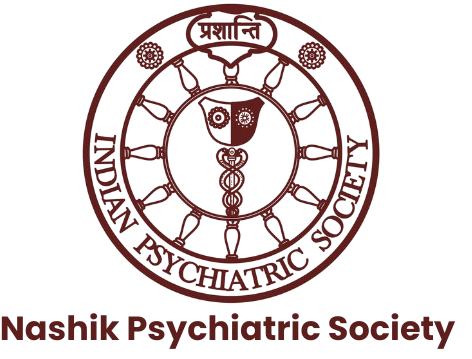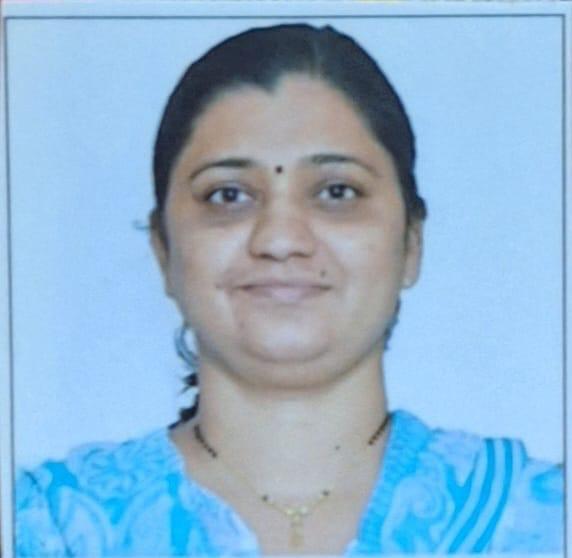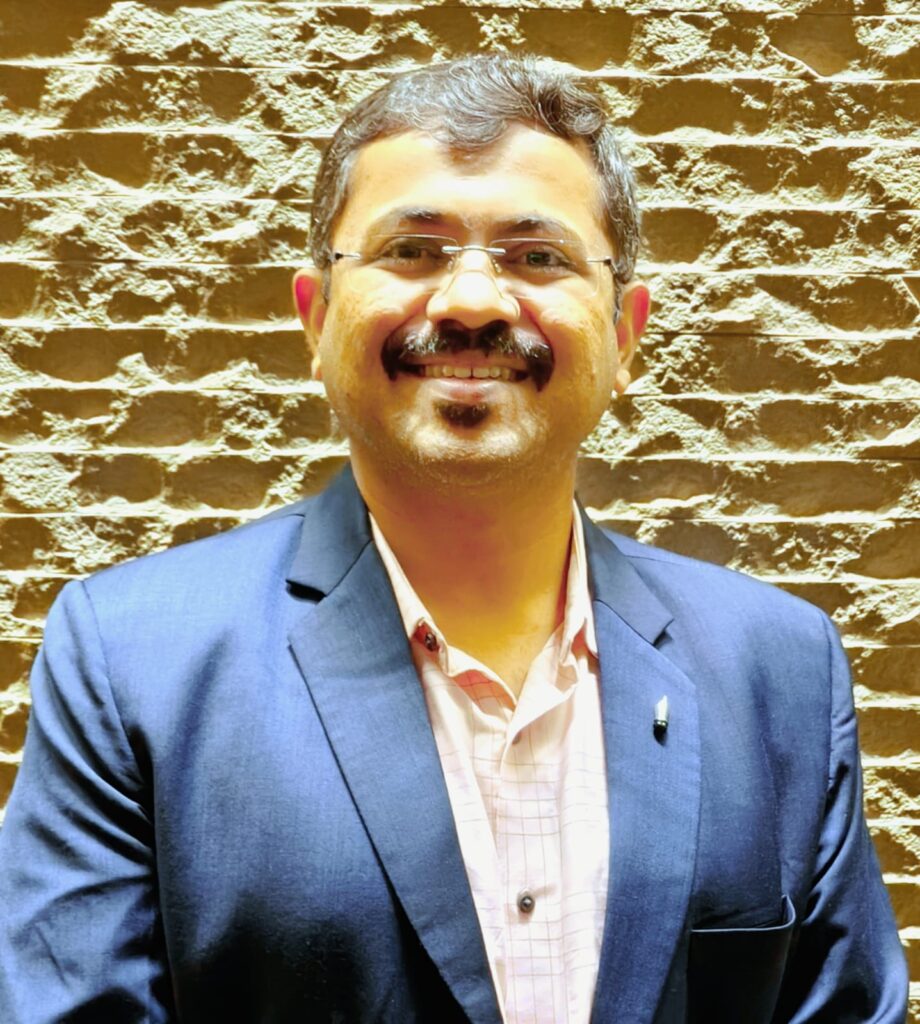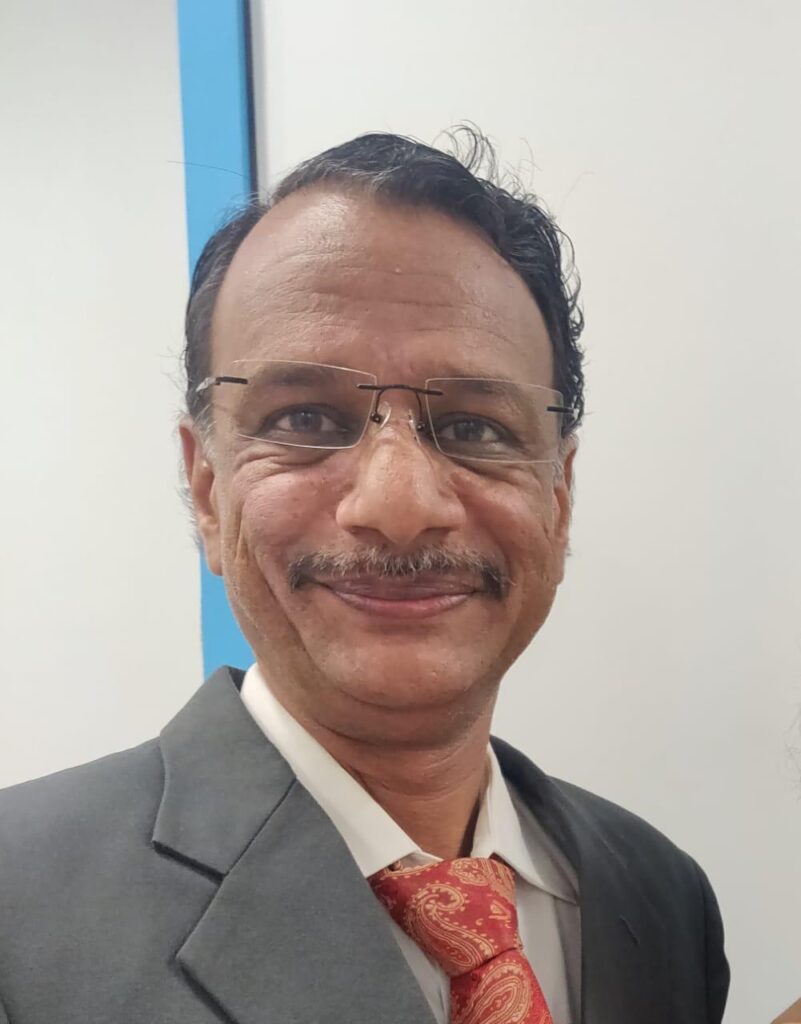मानसिक आजार आणि पुनर्वसन – एक नवजीवनाचा मार्ग
मानसिक आजार आणि पुनर्वसन – एक नवजीवनाचा मार्ग डॉ. अमोल चंद्रशेखर पुरी एका नामांकित कंपनीमध्ये उपाध्यक्ष पदावर कार्यरत असलेल्या एका हुशार, यशस्वी तरुणाला केवळ २८व्या वर्षी स्किझोफ्रेनिया या गंभीर मानसिक आजाराचे निदान झाले. इतक्या बुद्धिमान व्यक्तीला असा आजार कसा होऊ शकतो? – या गैरसमजामुळे त्याच्या कुटुंबीयांनी औषधोपचार घेण्यास उशीर केला. पुढील चार वर्षांत त्याला दोन वेळा रुग्णालयात दाखल करावे लागले, आणि त्याच्या निर्णयक्षमतेवर मोठा परिणाम झाला. तो आधीइतकी कार्यक्षमता दाखवू शकत नव्हता. “आता पुढे काय?” हा प्रश्न त्याच्या कुटुंबीयांसमोर उभा राहिला होता. ही गोष्ट केवळ एका व्यक्तीची नाही, तर स्किझोफ्रेनिया, बायपोलार डिसऑर्डर, व्यसनाधीनता, बौद्धिक अपंगत्व, नैराश्य, स्मृतिभ्रंश यांसारख्या मानसिक आजारांनी प्रभावित असलेल्या अनेक रुग्णांची आहे. मानसिक आजारांचे वेगळेपण आणि त्यावरील उपचार मानसिक आजारांचे निदान व उपचार हे केवळ औषधांवर मर्यादित नसतात. या आजारांमध्ये रुग्णाच्या दैनंदिन जीवनशैलीवर मोठा परिणाम होतो. तीव्र लक्षणे असताना औषध आणि इंजेक्शनद्वारे रुग्णालयात उपचार केले जातात, परंतु रुग्ण पुन्हा समाजात आत्मनिर्भरपणे जगू शकेल यासाठी पुनर्वसन हा अनिवार्य भाग आहे. पुनर्वसन – केवळ उपचार नव्हे, संपूर्ण जीवनशैलीत सुधारणा पुनर्वसन ही एक होलिस्टिक (संपूर्णतः सर्व अंगाने विचार करणारी) प्रक्रिया आहे, जिच्यात विविध तज्ज्ञ एकत्र येऊन काम करतात. यात समावेश असतो: मानसोपचारतज्ज्ञ सायकोलॉजिस्ट फिजिओथेरपिस्ट ऑक्युपेशनल थेरपिस्ट वैद्यकीय समाजसेवक मनोरुग्ण परिचारिका हे सर्व तज्ज्ञ रुग्णाला केवळ आजारमुक्त करण्यासाठी नाही, तर समाजात सन्मानाने, आत्मविश्वासाने आणि कार्यक्षमतेने पुन्हा उभे करण्यासाठी कार्य करतात. कौशल्यविकास व आत्मनिर्भरतेकडे वाटचाल पुनर्वसनात रुग्णाला त्याच्या दैनंदिन गरजा स्वतः पूर्ण करण्यासाठी प्रशिक्षित केले जाते – अंघोळ, जेवण, औषध वेळेवर घेणे इत्यादी. याशिवाय, आर्थिक स्वावलंबनासाठी विविध व्यावसायिक प्रशिक्षणही दिले जाते: संगणक वापर मोबाईल रिपेअरिंग मेकॅनिकल डिप्लोमा कोर्सेस बेकरी उत्पादने तयार करणे इत्यादी असे पाहण्यात आले आहे की, जे रुग्ण सतत कामात व्यस्त राहतात, ते लवकर सुधारतात आणि आजार पुन्हा बळावत नाही (रेलॅप्सचे प्रमाण कमी होते). समुपदेशनाची महत्त्वपूर्ण भूमिका पुनर्वसन केंद्रात वैयक्तिक, गट व कौटुंबिक समुपदेशन दिले जाते. यातून रुग्णाला शिकवले जाते: रागावर नियंत्रण ठेवणे कौटुंबिक वाद सोडवणे विवेकबुद्धीचा वापर चंचलतेवर नियंत्रण व्यसनाधीनतेसारख्या मानसिक आजारांमध्ये हे प्रशिक्षण अत्यंत उपयुक्त ठरते. कुटुंबाचा भावनिक आधार – रुग्णासाठी बळदायक रुग्णाच्या पुनर्वसन प्रक्रियेत कुटुंबाची भूमिका अनन्यसाधारण असते. जेव्हा कुटुंबाला मानसिक आजाराविषयी योग्य माहिती दिली जाते, तेव्हा ते रुग्णासाठी भावनिक आधारस्तंभ ठरतात. कौटुंबिक पाठिंबा असलेल्या रुग्णात आत्मविश्वास वाढतो, आणि व्यसन किंवा अन्य लक्षणांकडे झुकण्याची शक्यता कमी होते. समाजाची जबाबदारी – स्वीकार व समजूत मानसिक आजारातून बरे झालेल्या व्यक्तींना समाजाने सन्मानाने स्वीकारणे गरजेचे आहे. मित्रमंडळी, कार्यालय, शाळा इत्यादी ठिकाणी त्यांना समान संधी आणि आदर मिळायला हवा. यासाठी समाजजागृती अत्यावश्यक आहे. गैरसमज, भिती, लाज, आणि दुर्लक्षामुळे अनेक वेळा उपचारात दिरंगाई होते. प्रसारमाध्यमे, सामाजिक संस्था आणि शासकीय पातळीवर मानसिक आजारांबाबत जनजागृती केली गेल्यास अनेक कुटुंबे वेळेवर उपचार घेण्यास प्रवृत्त होतील. फॉलो-अप आणि दीर्घकालीन देखभाल पुनर्वसनात सततचा फॉलो-अप अत्यंत आवश्यक आहे. औषधांचे दुष्परिणाम, लक्षणांची पुनरावृत्ती यावर लक्ष ठेवण्यासाठी समुपदेशक घरभेटी किंवा फोनच्या माध्यमातून नियमित संपर्कात राहतात. मानसिक आजारांमध्ये उपचार ही एक दीर्घकालीन प्रक्रिया असते. त्यासाठी सातत्य आणि समर्पण आवश्यक आहे. शेवटी… वरील उदाहरणातील रुग्ण, जो एके काळी आत्मविश्वास गमावून बसला होता, तो आज नियमित औषधोपचार घेत असून कौशल्यविकासाच्या माध्यमातून पुन्हा उभारी घेत आहे. कुटुंबाचा पाठिंबा आणि पुनर्वसनाच्या मदतीने तो आता स्वतःची आणि आपल्या कुटुंबाची जबाबदारी घेऊ शकतो आहे. मानसिक आजार म्हणजे शेवट नव्हे – योग्य उपचार, पुनर्वसन आणि सामाजिक स्वीकार यांच्या माध्यमातून तो एक नवजीवनाचा आरंभ ठरू शकतो.
